Fixing minor issues around the house can seem daunting, especially when you’re not sure where to begin. However, mastering basic DIY repair ideas can empower you to tackle a wide range of problems, from leaky pipes to broken appliances, all while saving significant money in the process. Whether you’re a seasoned homeowner or new to the game, developing these skills can transform the way you approach home maintenance and repairs. By learning how to handle common tasks, you’ll not only save time but also gain confidence in your ability to keep your living space in top shape. From simple fixes to more complex projects, there’s no better way to take control of your home environment than by equipping yourself with essential DIY knowledge. Embrace the challenge and unlock the potential to resolve issues efficiently, ensuring your home remains a safe and comfortable place for years to come.
Key Takeaways
– Master DIY Home Repair Skills: Learn basic skills to fix minor issues, saving money and gaining confidence.
– Common Projects: Fix leaky pipes, patch wall holes, change HVAC filters, and more.
– Essential Tools: Invest in a tool kit, measuring tape, level, gloves, and safety gear.
– Benefits of DIY: Save money, customize your home, and develop practical skills.
– Start Small: Begin with manageable tasks to build experience.
– Use Resources: Watch tutorials and have tools ready for success.
– Know When to Ask for Help: Consult professionals for complex issues.
– Prevent Costly Repairs: Regular maintenance prevents major, expensive fixes.
– Stay Safe: Prioritize safety with proper precautions and tools.
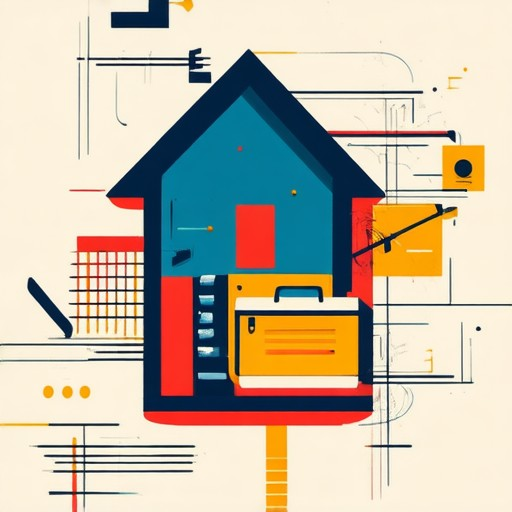
Most Common Home Repairs
Homeownership requires regular maintenance and repairs to keep living spaces functional and comfortable. Here are some of the most common home repairs that homeowners often encounter:
Appliance Repairs
- Refrigerator Repair: A common issue includes defrosting problems or faulty door seals. Regular cleaning and checking the seal can prevent costly repairs.
- Dryer Repair: Issues like venting problems or clogged vents can lead to inefficient drying times. Cleaning the vent pipe annually helps maintain efficiency.
- Oven Repair: Malfunctioning ignitors or gas leaks require immediate attention. Professional inspection ensures safety and longevity.
- Washing Machine Repair: Common issues include water overflow or uneven drying. Checking drain lines and venting systems prevents costly damage.
Heating, Ventilation, and Air Conditioning (HVAC) Systems
- Furnace Repair: Heating systems often need attention due to dirty filters or gas leaks. Annual tune-ups reduce energy costs and extend lifespan.
- Heat Pump Repair: These systems may require servicing for refrigerant leaks or thermostat malfunctions. Proper maintenance ensures optimal performance.
- Air Filter Replacement: Clogged air filters reduce airflow and can cause health issues. Regular replacement improves indoor air quality.
Plumbing Issues
- Leaky Pipes: Identifying and fixing small drips early prevents costly water damage. Tightening connections or replacing old pipes resolves the issue.
- Drain Clogs: Using chemical drain cleaners or snake tools clears blockages. Regular maintenance prevents recurring issues.
- Water Heater Repair: Tankless units may need descaling, while traditional heaters might require pressure relief valve checks.
Exterior Repairs
- Gutter Repair: Clogged gutters can lead to water damage. Cleaning and repairing loose seams prevents leaks.
- Roof Repair: Missing shingles or damaged flashing require immediate attention to prevent further damage. Professional inspections catch hidden issues.
- Deck Maintenance: Warped boards or loose nails affect safety. Sanding and reapplying finish keeps the deck looking new.
Electrical Repairs
- Outlet Malfunction: Tripping circuits or dead outlets indicate potential electrical issues. Hiring a professional ensures safe fixes.
- Light Switch Problems: Buzzing switches or flickering lights may indicate wiring issues. Inspections prevent fire hazards.
- Electrical Panel Issues: Upgrading outdated panels reduces fire risks and improves safety for modern appliances.
Landscaping and Outdoor Repairs
- Lawn Mower Repair: Blade sharpening and engine tune-ups keep equipment running smoothly. Regular maintenance extends tool life.
- Garden Hose Repair: Cracked hoses or leaky connectors waste water. Replacing worn parts ensures efficient irrigation.
- Patio and Driveway Repair: Cracked concrete or uneven surfaces require professional leveling services for lasting durability.
By addressing these common home repairs promptly, homeowners can save money and maintain property value. Regular inspections and routine maintenance help prevent minor issues from becoming major problems. For professional guidance and detailed repair guides, visit our home repair resources .
How to Learn Basic Home Repairs
To learn basic home repairs, start by identifying common issues around your living space that you can address yourself. Begin with manageable tasks like fixing leaks or repairing small appliances. Utilize online tutorials, such as YouTube videos, combined with written guides for comprehensive learning. Check reviews or ratings of tutorials to ensure reliability. Consider attending local hardware store workshops for hands-on experience and Q&A opportunities. Reading recommended books on home repair can provide in-depth knowledge. Practice on your own property, starting with low-risk tasks like changing light bulbs. Join online forums for support and advice. Enroll in online courses for structured learning. Equip yourself with essential tools like a multi-tool, screwdrivers, and wrenches. Use these tools correctly to avoid accidents. Attend workshops or seminars led by professionals for expert guidance. Stay updated on the latest techniques by following reputable blogs or newsletters. Start with small projects, like fixing a leak, and gradually tackle more complex tasks to build confidence and expertise.
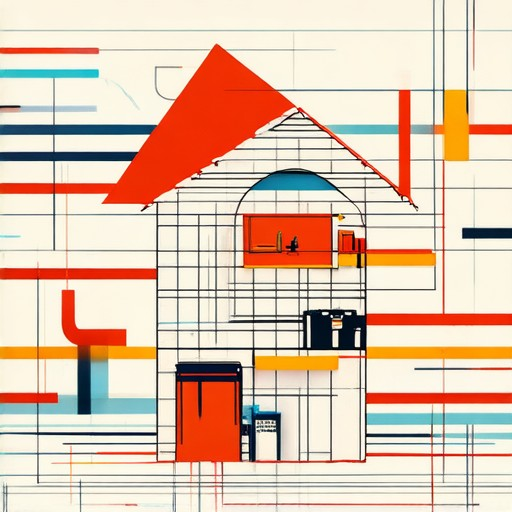
How to Fix Up Your House with Little Money
Fixing up your house doesn’t have to break the bank. With a bit of creativity and effort, you can make meaningful improvements without spending a fortune. Here’s a step-by-step guide to transforming your home on a tight budget:
- Clean and Organize:** Start by decluttering and tidying up your spaces. A clean home feels larger and more inviting. Sort through belongings and donate or sell items you no longer need.
- Small Fixes:** Address minor issues around the house. Replace leaky faucets, update old light bulbs, and refresh your air filters. These simple changes can enhance comfort and functionality.
- Yard Maintenance:** Keep your yard in shape by mowing the lawn, fertilizing plants, and pruning trees and bushes. A well-maintained yard adds curb appeal without costing much.
- Interior Touch-ups:** Tackle small plumbing issues like unclogging drains. Use drain cleaners carefully and seek professional advice if needed. Also, consider painting faded walls or touching up surfaces with leftover paint for a fresh look.
- Appliance Checks:** Inspect small appliances like microwaves and vacuums. Look up common issues online or consult experts for affordable fixes or replacements.
- Security Checks:** Ensure doors and windows are secure. Tighten loose handles and replace old locks to boost safety and security.
- Roof Inspection:** Check for missing or damaged shingles. Note any issues that may require professional attention to prevent further damage.
- Hardware Updates:** Replace outdated door knobs, hinges, and light switches with affordable new ones to modernize your space.
- Gutter Cleaning:** Remove debris from gutters to prevent water buildup and potential damage. This is a crucial yet manageable task for maintaining your home’s integrity.

What is DIY Home Repair?
DIY stands for Do-It-Yourself, referring to home repairs and maintenance tasks typically performed by homeowners themselves rather than professional contractors. DIY home repair empowers individuals to fix minor issues around their properties, save money, and gain valuable skills. Below are 13 common DIY home repair projects, along with tips and tools to get started.
Common DIY Home Repair Projects
- Fixing Leaky Pipes: Identify and address water leaks under sinks, bathtubs, or outside faucets. Replace worn-out washers or pipe connections with epoxy or new parts.
- Patching Wall Holes: Repair cracks or holes in drywall by applying spackling compound and sanding smooth. Paint over repaired areas for a seamless finish.
- Changing HVAC Filters: Regularly replace air filters to maintain airflow and efficiency in your heating, ventilation, and cooling systems.
- Fixing Small Electrical Issues: Replace blown fuses or reset tripped circuit breakers. Install or replace light switches and outlets as needed.
- Sealing Windows: Inspect and repair windows to prevent drafts or energy loss. Apply caulk or weatherstripping to tight spots.
- Replacing Faucets: Update outdated bathroom or kitchen fixtures by unscrewing the old ones and installing new ones with proper plumbing connections.
- Painting Walls: Refresh your home’s appearance by removing old paint, priming surfaces, and applying new coats of paint.
- Fixing Clogged Drains: Use drain cleaners or a plunger to clear slow-moving or completely blocked pipes in bathrooms and kitchens.
- Adjusting Door Hinges: Tighten loose door hinges or knobs to ensure smooth operation. Lubricate moving parts if necessary.
- Replacing Light Bulbs: Change burned-out bulbs in lamps, ceiling lights, or fixtures to maintain proper lighting.
- Trimming Trees: Prune overgrown trees and shrubs to maintain yard aesthetics and prevent damage to property or power lines.
- Inspecting Roof Leaks: Check for missing shingles or damaged flashing. Temporarily fix leaks until a permanent solution can be applied.
Essential Tools for DIY Repairs
- Tool Kit: Include screwdrivers, wrenches, pliers, and adjustable wrenches.
- Measuring Tape: For precise measurements during repairs.
- Level: Ensures surfaces are even during installation or replacement.
- Gardening Gloves: Protect hands while handling sharp objects or messy materials.
- Eye Protection: Essential for tasks involving saws, drills, or other tools.
- Work Boots: Provide traction and protection for uneven surfaces.
Benefits of DIY Home Repair
Engaging in DIY home repair can save significant money over time while allowing you to develop practical skills. It also fosters a sense of accomplishment and confidence in managing your living space. Plus, you can customize your home to better suit your personal style and preferences.
Tips for Successful DIY Repairs
- Start Small: Begin with manageable projects to build confidence and experience.
- Watch Tutorials: Use online videos or guides to learn techniques and safety practices.
- Keep a Tool Kit Ready: Have necessary tools organized and easily accessible.
- Know When to Ask for Help: If a problem seems too complex or dangerous, consult a professional.
By taking control of these DIY home repair projects, you can enhance your home environment while learning valuable skills. Remember to work safely and always follow manufacturer guidelines for any tools or materials you use.
Most Expensive Home Repairs
The most expensive repairs on a house typically involve major structural components, costly system failures, or extensive damage requiring professional expertise. Here are some of the most costly repairs:
- Structural Repairs : Foundation issues, such as cracks, unevenness, or rot, can be extremely expensive. Depending on the severity, repairs may range from $10,000 to over $100,000.
- Roof Replacement : Replacing an old or damaged roof, especially with materials like asphalt shingles, can cost between $8,000 to $15,000+
- Water Damage Restoration : Fixing widespread water damage, including mold remediation, can cost upwards of $10,000, depending on the extent of the damage.
- Electrical System Overhaul : Major rewiring or upgrading electrical systems can exceed $50,000, especially in older homes.
- Plumbing Repairs : Replacing old pipes or fixing severe leaks can cost $5,000 to $20,000+
- Appliance Replacement : Replacing an HVAC system or major appliances like refrigerators can cost $5,000 to $15,000+
- Landscape Structural Repair : Repairing or replacing retaining walls, driveways, or walkways made of concrete or stone can cost $10,000 to $30,000+
- Interior Renovation : Extensive kitchen or bathroom remodels can range from $20,000 to $100,000+, depending on the scope.
- Exterior Siding Replacement : Replacing vinyl or wood siding can cost $6,000 to $15,000+
These repairs are often unexpected and require specialized skills, making them a significant financial burden. Regular home inspections and preventive maintenance can help mitigate these costs in the long run.
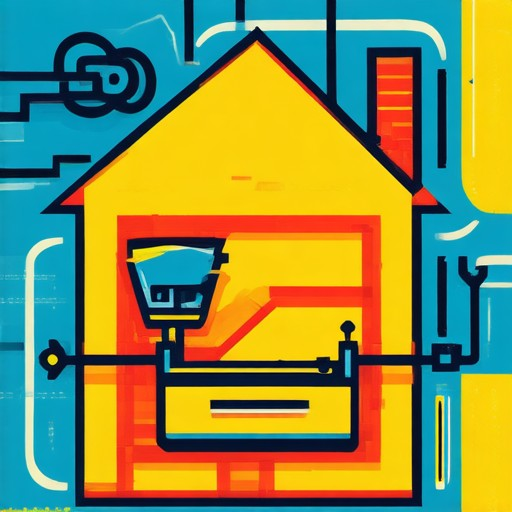
General Home Repair
General home repair encompasses a broad range of tasks aimed at maintaining the integrity, functionality, and safety of your living space. It includes both routine maintenance and emergency fixes to ensure your home remains habitable and efficient.
Maintenance
Maintenance is a critical aspect of home repair that involves regular checks and preventive measures to avoid costly damages. Here are some key components:
- Periodic Checks: Inspect systems like HVAC, plumbing, and electrical wiring to ensure proper functioning. Replace worn-out parts and fix minor issues before they escalate.
- Routine Tasks: Regularly clean gutters, trim trees, and inspect windows for drafts. These efforts prevent small problems from becoming major issues.
Common Repairs
When issues arise, addressing them promptly is essential. Some typical repairs include:
- Plumbing Issues: Fix leaky pipes, clogged drains, and water heater problems to maintain water flow and pressure.
- Electrical Problems: Replace faulty switches, outlets, and wiring to prevent fires or shocks. Call a licensed electrician for complex repairs.
- HVAC Malfunction: Troubleshoot and repair heating and cooling systems to ensure comfort year-round.
- Structural Damage: Address cracks in walls, ceilings, or foundations to prevent further deterioration.
Safety Precautions
Home repair often carries risks, so prioritizing safety is crucial. Always:
- Turn off gas and electricity before working on systems.
- Check for gas leaks and electrical hazards.
- Use circuit breakers or consult professionals for risky repairs.
Prevention and Preparedness
Preventing future issues and being prepared for emergencies can save time and money. Schedule regular maintenance, keep tools handy, and educate yourself on basic repair skills.
Conclusion
General home repair is about keeping your home safe, comfortable, and efficient. By addressing maintenance early and handling repairs promptly, you can extend your home’s lifespan and enjoy a stress-free living environment. For professional assistance, visit our website or contact our experts today!
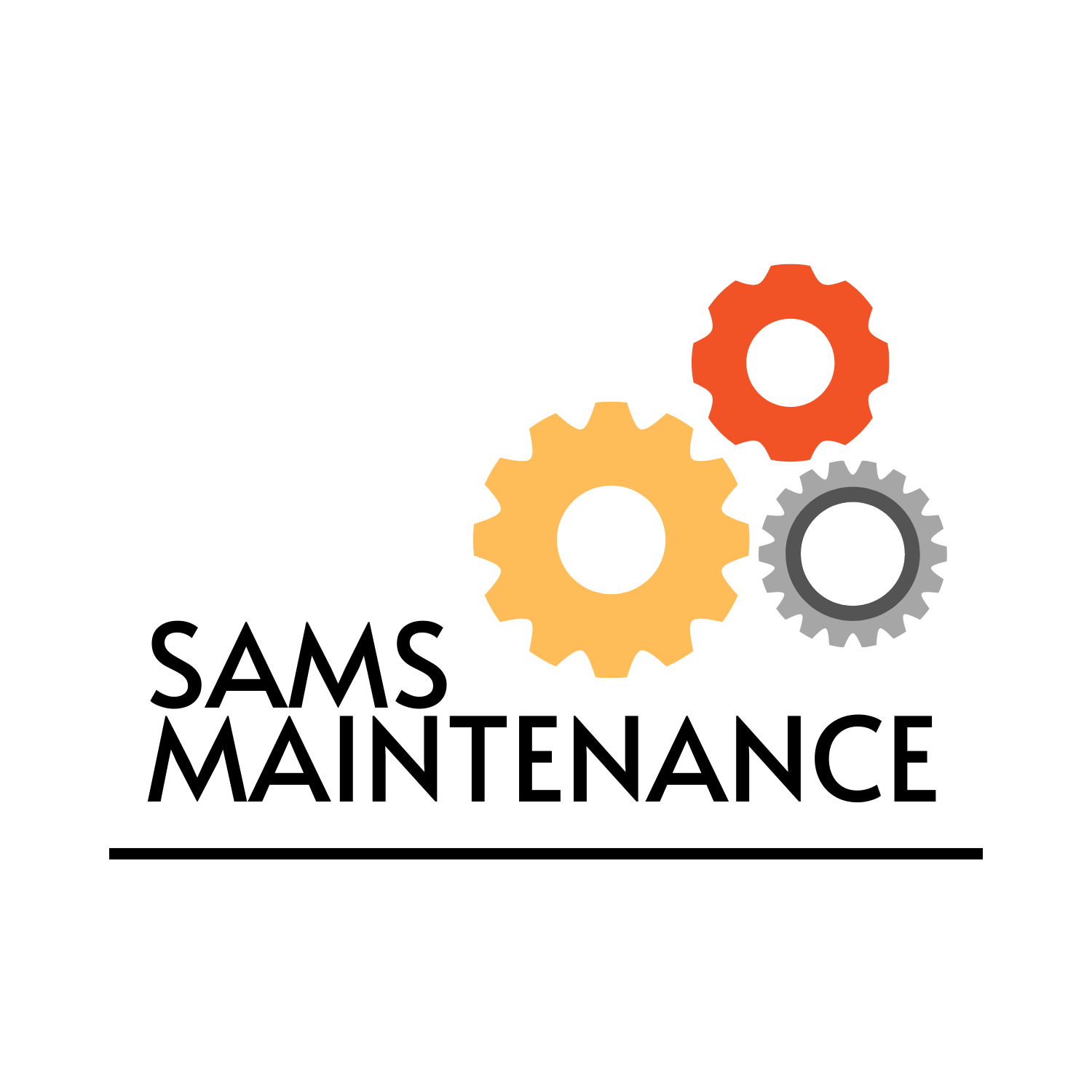

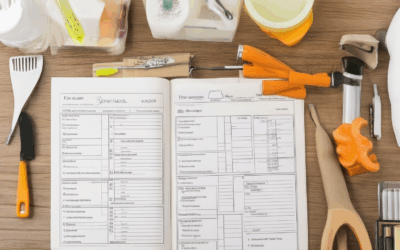

0 Comments